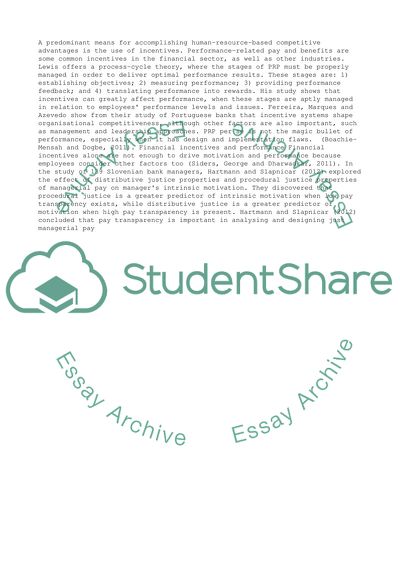Cite this document
(“Impact of Financial and Non-financial Rewards on Employee Motivation Literature review”, n.d.)
Retrieved from https://studentshare.org/business/1469563-impact-of-financial-and-non-financial-rewards-on-employee-motivation-and-satisfaction-of-saudi-nationals-in-saudi-aramco
Retrieved from https://studentshare.org/business/1469563-impact-of-financial-and-non-financial-rewards-on-employee-motivation-and-satisfaction-of-saudi-nationals-in-saudi-aramco
(Impact of Financial and Non-Financial Rewards on Employee Motivation Literature Review)
https://studentshare.org/business/1469563-impact-of-financial-and-non-financial-rewards-on-employee-motivation-and-satisfaction-of-saudi-nationals-in-saudi-aramco.
https://studentshare.org/business/1469563-impact-of-financial-and-non-financial-rewards-on-employee-motivation-and-satisfaction-of-saudi-nationals-in-saudi-aramco.
“Impact of Financial and Non-Financial Rewards on Employee Motivation Literature Review”, n.d. https://studentshare.org/business/1469563-impact-of-financial-and-non-financial-rewards-on-employee-motivation-and-satisfaction-of-saudi-nationals-in-saudi-aramco.


